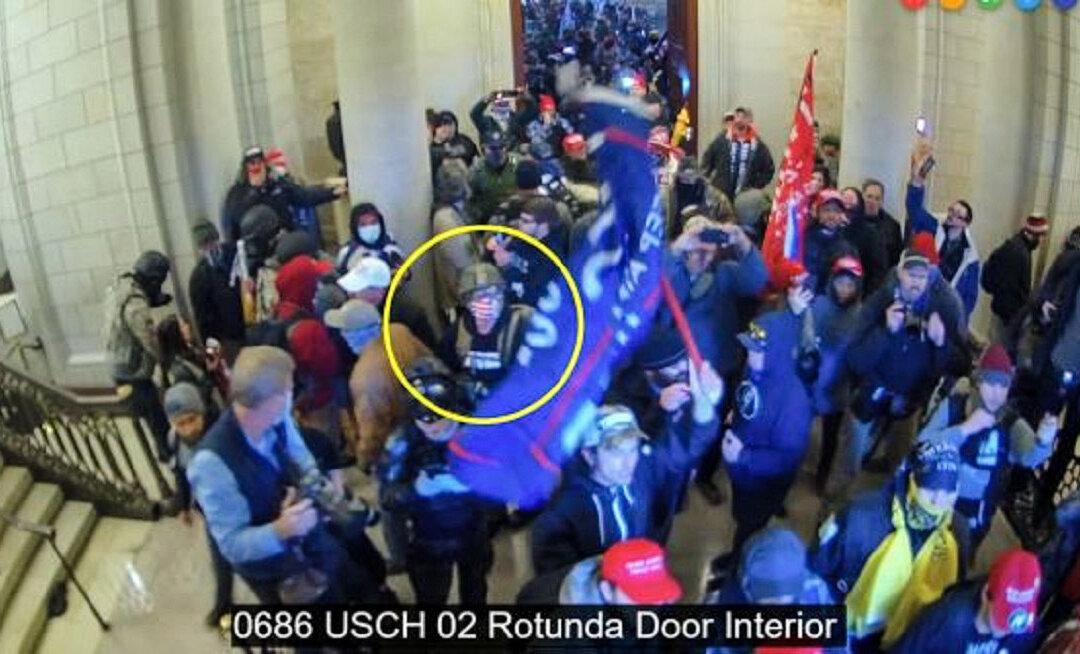A huge migrant group more than doubled in size as it crossed from Honduras into Guatemala on Oct. 15, leading American officials to issue warnings that the migrants shouldn’t attempt to enter the United States illegally.
Some 1,300 people set off from northern Honduras on Oct. 13, with some saying they‘d be content being refugees in Mexico while others said they’d push for entry into the United States.
“We’re going to drop in on Donald Trump. He has to take us in,” said Andrea Fernandez, 24, who left Honduras with a newborn baby, a 5-year-old daughter, and 7-year-old son. She said she could not find work and feared for their safety.
Images showed the group, carrying backpacks and clogging roads as they slowly moved northward. Some waved the Honduran flag.

President Trump has repeatedly told his supporters that a wall needs to be built along the border, which stretches from California to Texas, to effectively deter people from other countries trying to enter America illegally.
At the same time, he’s implored authorities in Mexico, Guatemala, Honduras, and other Central American countries to work together to stem the migration, which, as in this case, often starts far south.
“The United States has strongly informed the President of Honduras that if the large Caravan of people heading to the U.S. is not stopped and brought back to Honduras, no more money or aid will be given to Honduras, effective immediately!” Trump said via Twitter on Tuesday.
Vice President Mike Pence last week called on presidents in the region to tackle the issue, saying Washington would be willing to help with economic development and investment in return.
“If you do more, I’m here to say on behalf of the president of the United States and the American people, we’ll do more,” he said in Washington at a conference at the State Department attended by President Juan Orlando Hernandez of Honduras, President Jimmy Morales of Guatemala, and Vice President Oscar Ortiz of El Salvador
Guatemala said in a statement on Sunday that it did not promote or endorse “irregular migration.”
Rows of Guatemalan police in black uniforms, some wearing helmets and shields, initially blocked migrants from reaching a customs booth, Reuters images showed. It was not clear how long the standoff lasted, but the group was ultimately able to cross, said march organizer Bartolo Fuentes, a former Honduran lawmaker.
A police official on site said all Central Americans could pass freely through the region as long as they complied with migration control.




